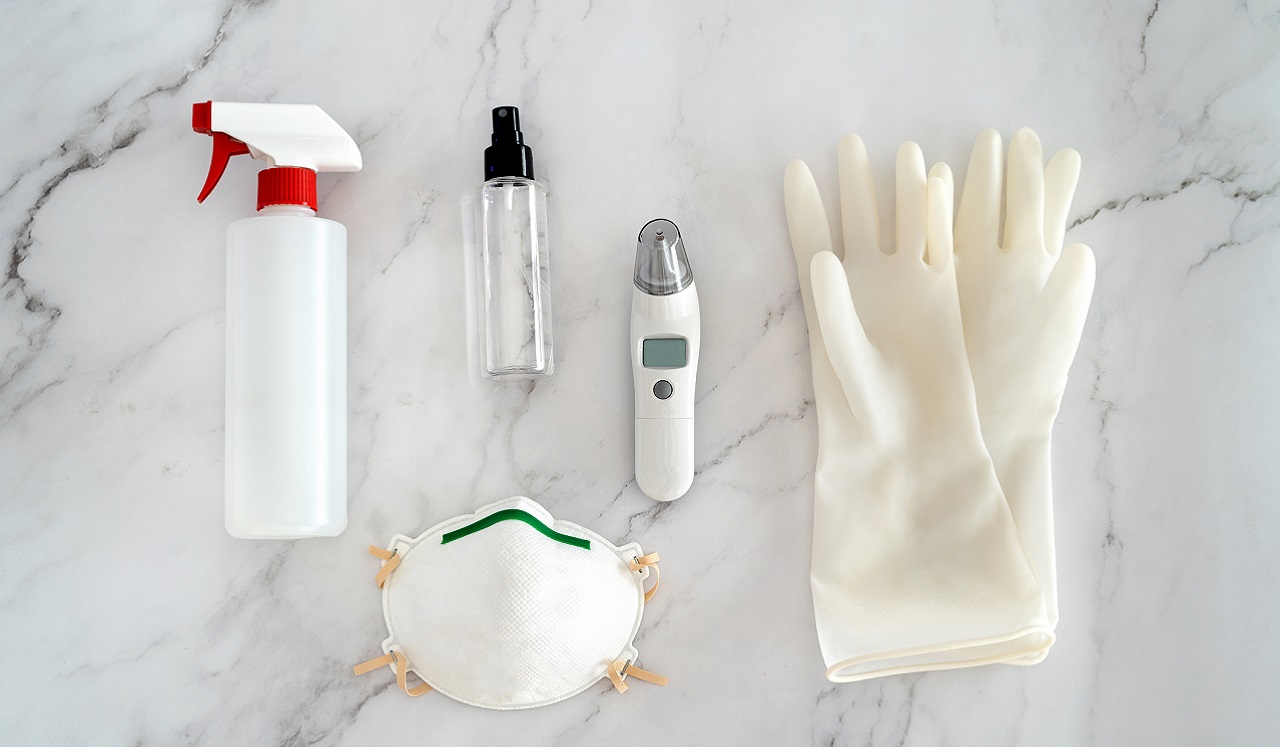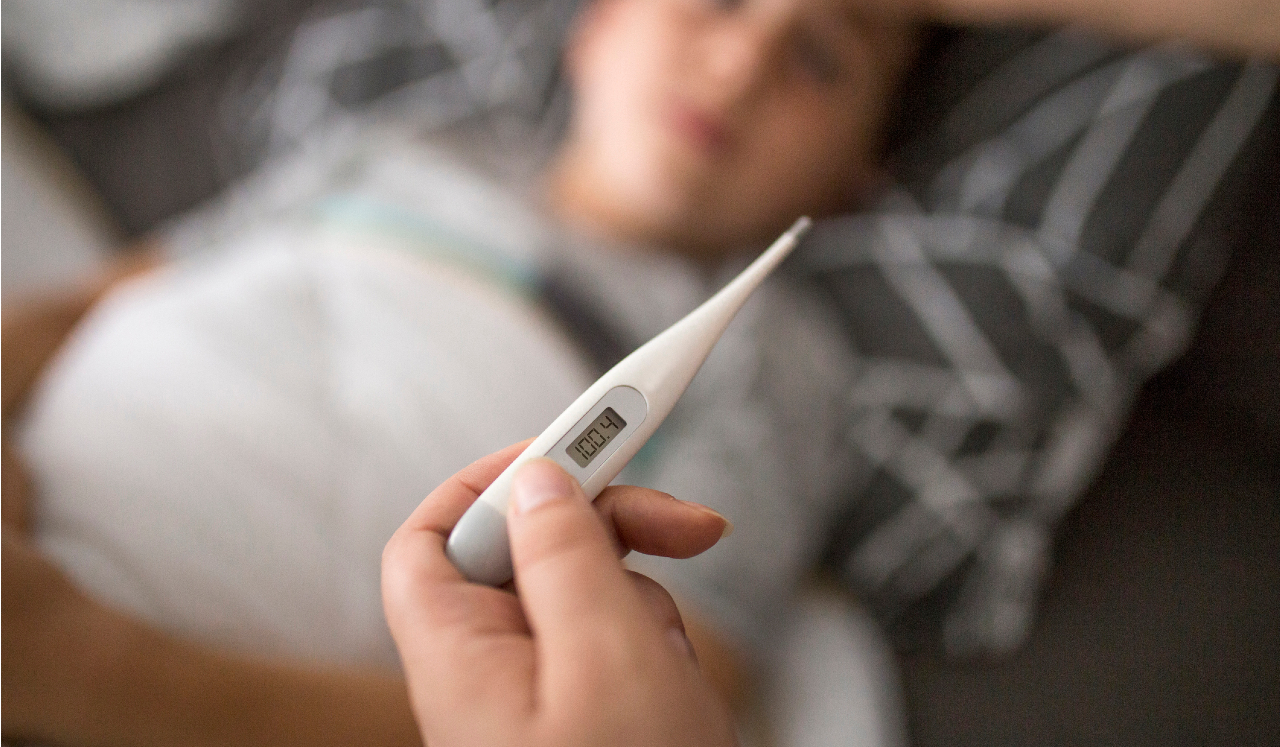April 10, 2020
Be prepared. It’s how we must roll these days. And given that many who get COVID-19 will recover at home, it pays to have an emergency at-home care kit ready in advance.
Here’s what you should have to nurse the infected and protect the rest of your family or housemates:
- A thermometer. If you have children, you might want a child-friendly version that perhaps scans their foreheads.
- Over-the-counter meds such as fever-reducers, cough suppressants and saline nose spray. If you have children, make sure you have appropriate medicine for them, as it may differ from what adults need.
- Healthy, ready-made food. When you get produce, chop up and prepare servings in containers, as you might already do for work and school lunches.
- Have broth, water, warm tea and non-alcoholic beverages available to keep your family member well-hydrated, even when they don’t feel up to eating. Be aware that both sugar and artificial sweeteners can worsen gastrointestinal distress.
- Electrolytes like Pedialyte®, which you can buy at many pharmacies and also in the baby section of your grocery store.
- Have an emergency contacts list of family, friends, neighbors, carpool drivers, health care providers, teachers, employers, the local public health department and other community resources. Include resources for food and supplies. If you live alone, you might arrange to check in with a friend or relative regularly.
- Write down important passwords that might come in handy.
- Designate in advance dishes, towels, bedding and ideally a separate bedroom and bathroom for anyone who’s ill. Ideally, healthy family members—and pets—should stay outside that space.
- Sufficient soap, hand sanitizer and bleach to keep surfaces clean. Have enough laundry detergent to wash clothes and linens on the “hot” setting daily. Have disinfecting wipes, paper towels and soap bedside.
- Have single-use latex or nitrile rubber gloves on hand. Change after each interaction with your ill family member. Take care to touch only the inner surface while removing them. Wash your hands beforehand and afterwards.
- First aid essentials. Be prepared to treat minor injuries to avoid trips to the pharmacy with items like bandages, topical anti-itch, and NEOSPORIN®.
- Unless they’re struggling to breathe, have a covering for your ill person’s nose and mouth when they’re around you or others. If the sick person cannot use a mask, wear one while in the same room with them.
You can find instructions to make your own mask here. Use tightly woven fabric, such as a kitchen towel or sweatshirt material. You also might find hardware-store versions at your local paint store. They are better than bandannas and scarves because they don’t let germs escape as easily. Be mindful that masks are more effective when paired with handwashing. - Be sure to have plenty of paper towels, tissues and toilet paper.
- Have a notebook handy to write down the sick person’s temperature and symptoms, updating daily. Here is a downloadable symptom tracker.


